Affiliate links on Android Authority may earn us a commission. Learn more.
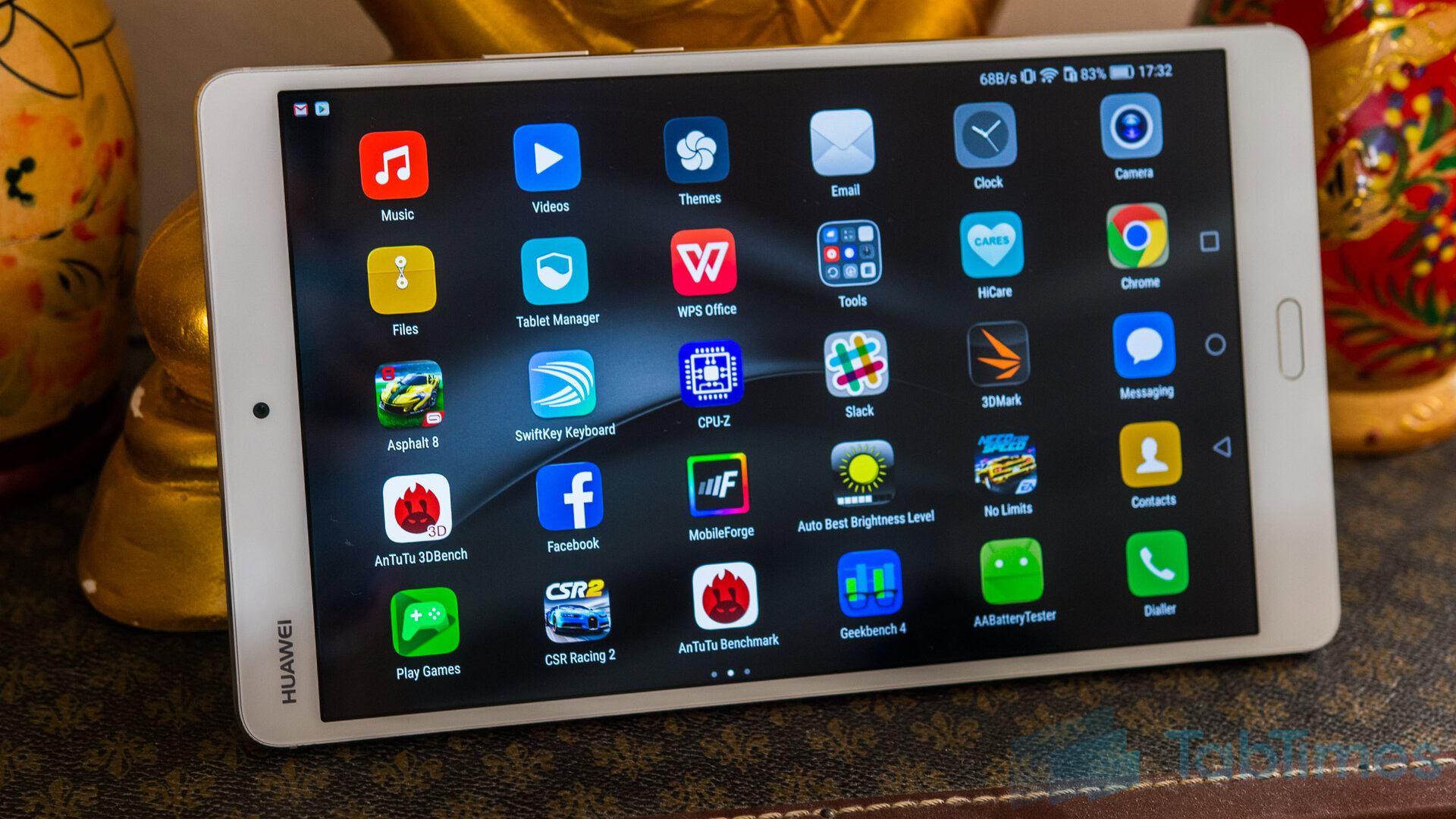
HUAWEI MediaPad M3 review
Published onSeptember 1, 2016
Huawei MediaPad M3
What we like
What we don't like
Our scores
Huawei MediaPad M3
HUAWEI is best known for making smartphones at a variety of different price points from entry to high-end, but over the last few years the company has also worked to build itself a name in the tablet space with its MediaPad range. The >MediaPad M2 may have been an arguably forgettable device but the company is hoping its new MediaPad M3 has a very different fate.
The HUAWEI MediaPad M3 offers a somewhat familiar design, updated specs, and, at least on-paper, seems to offer impressive performance and audio. But the big question is whether or not HUAWEI’s latest tablet truly delivers.
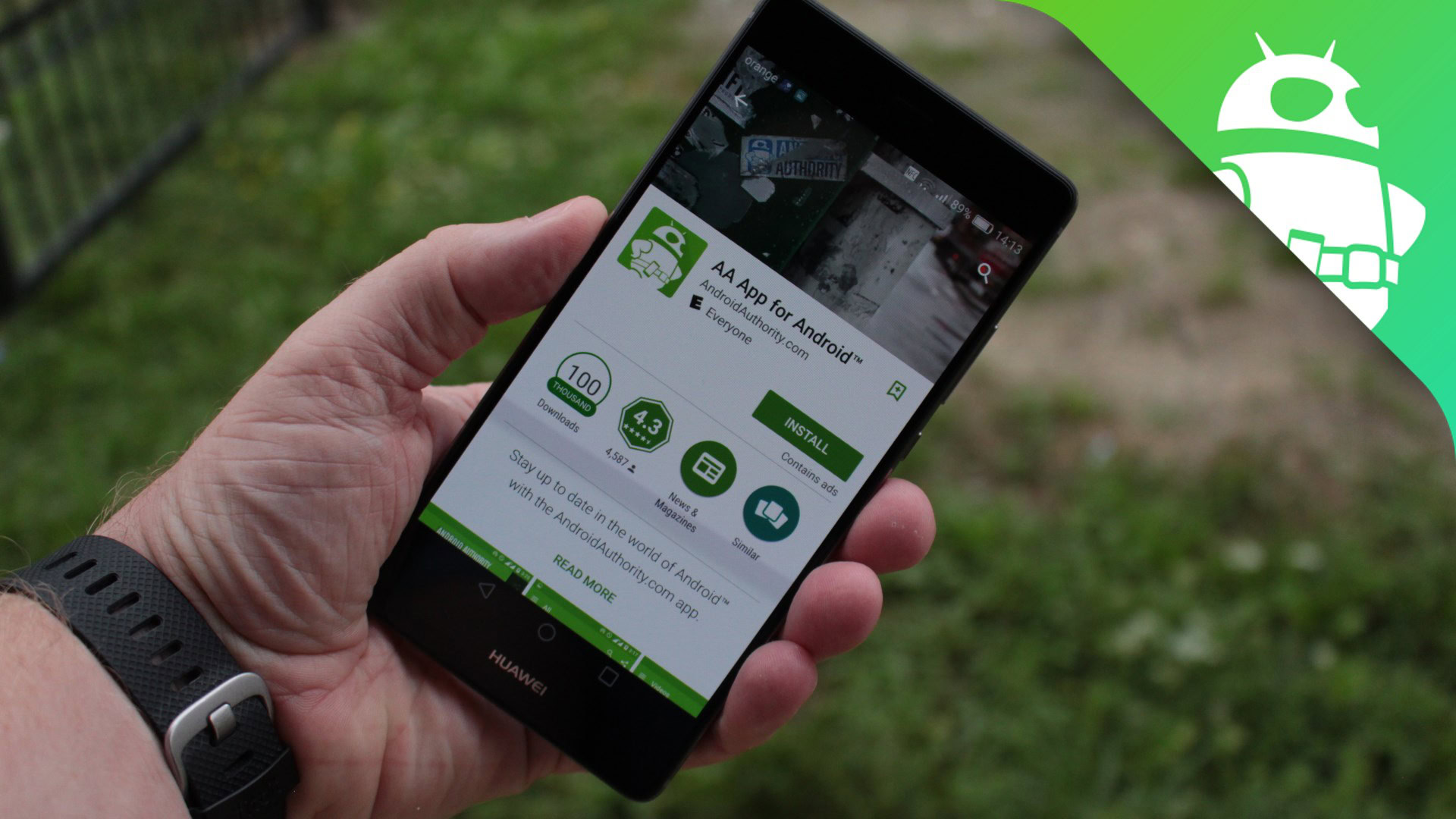
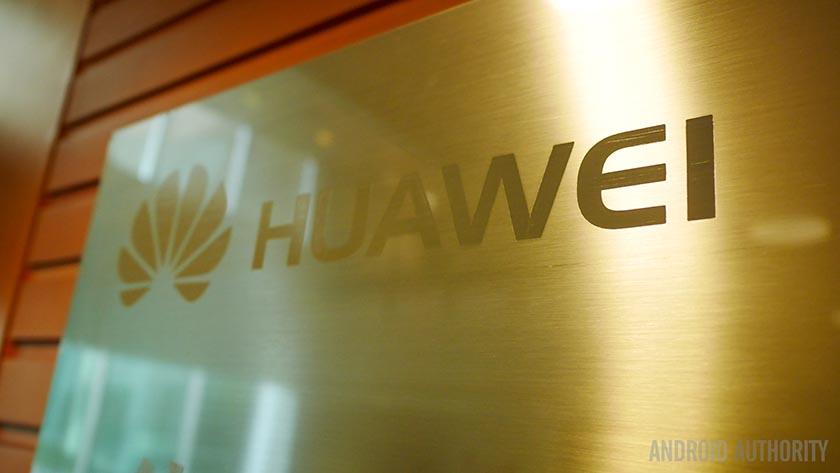
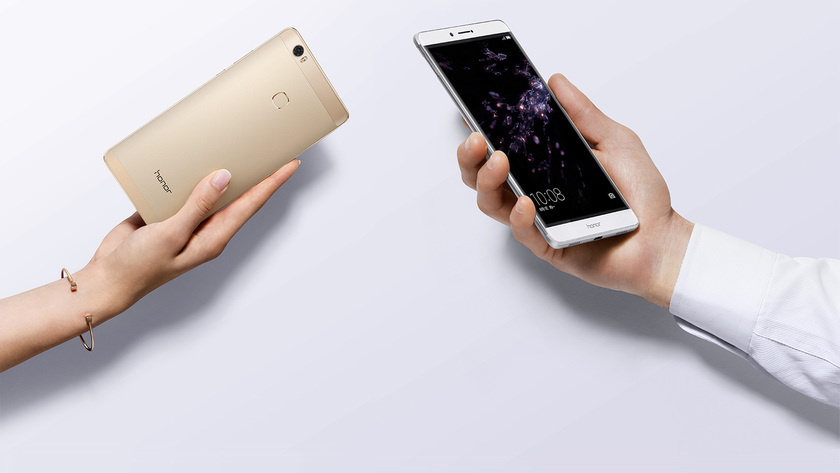
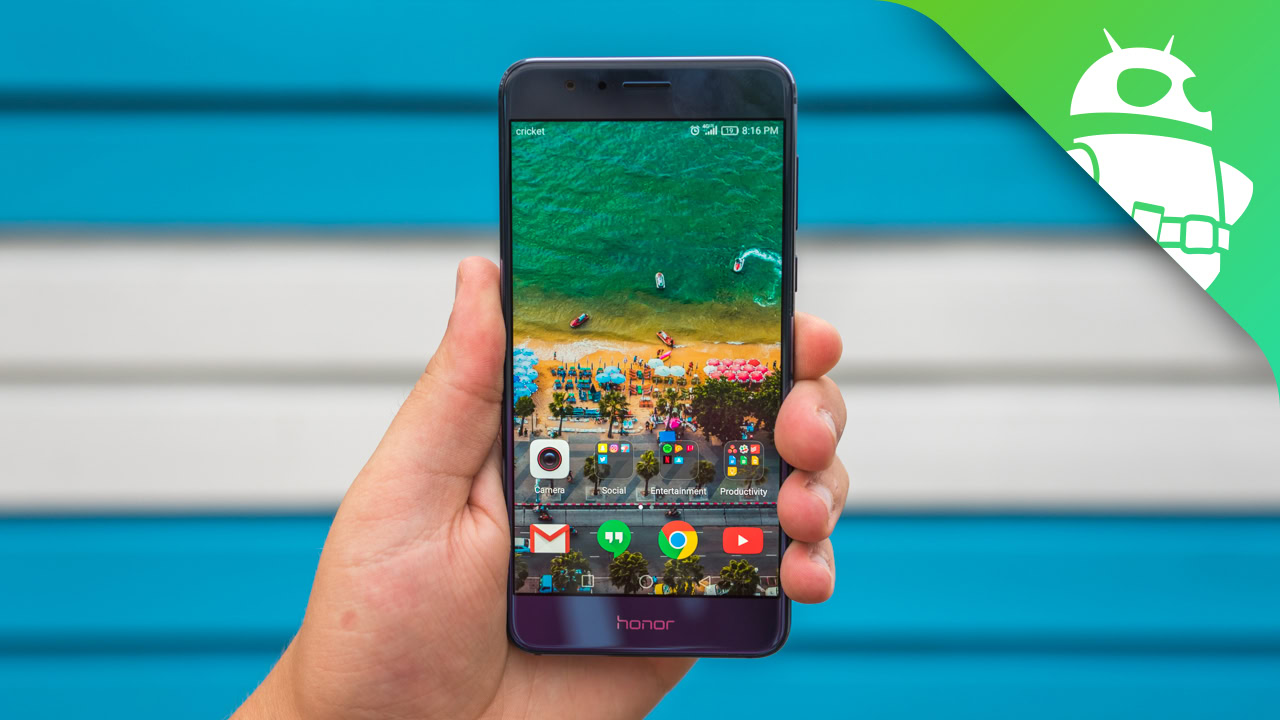
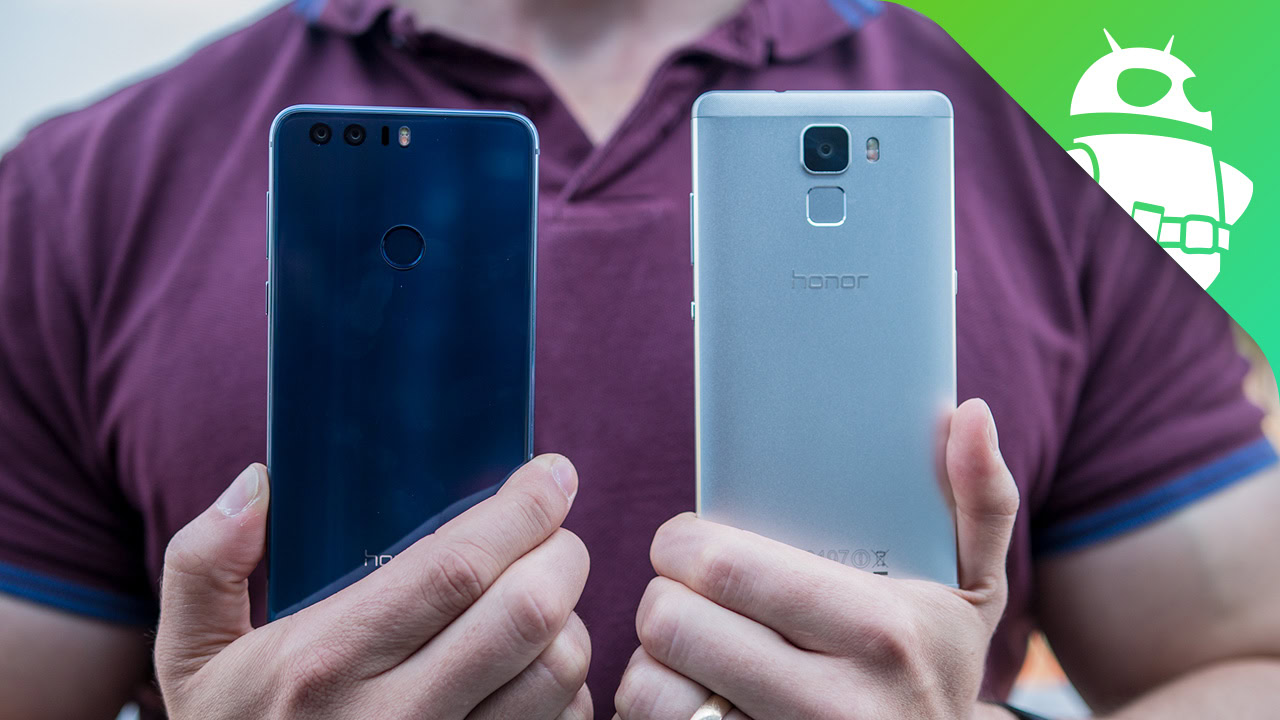
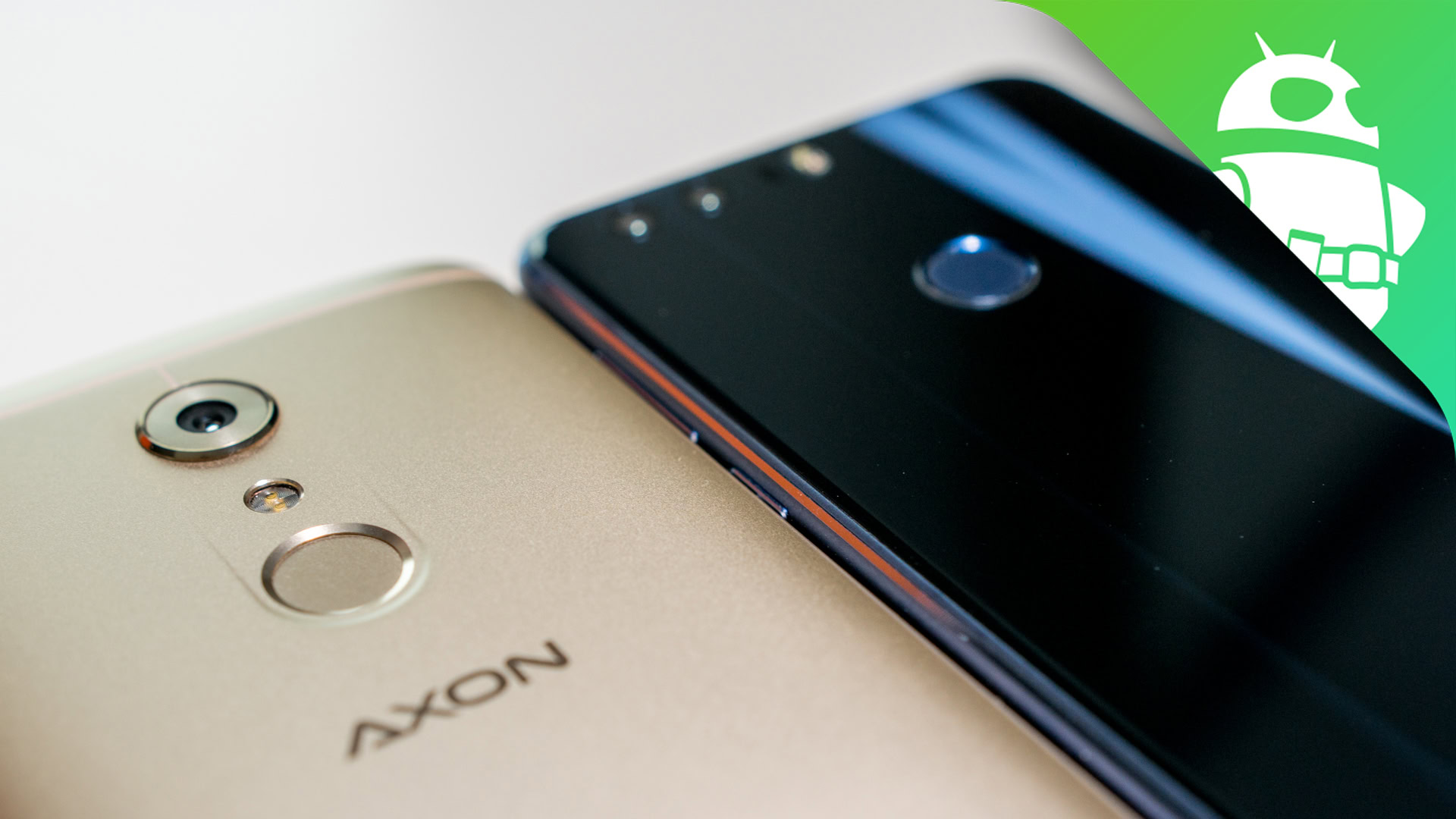
With fewer Android tablets being released each year, can HUAWEI stake a claim for the best Android tablet with the MediaPad M3? Let’s find out in this, our HUAWEI MediaPad M3 review.
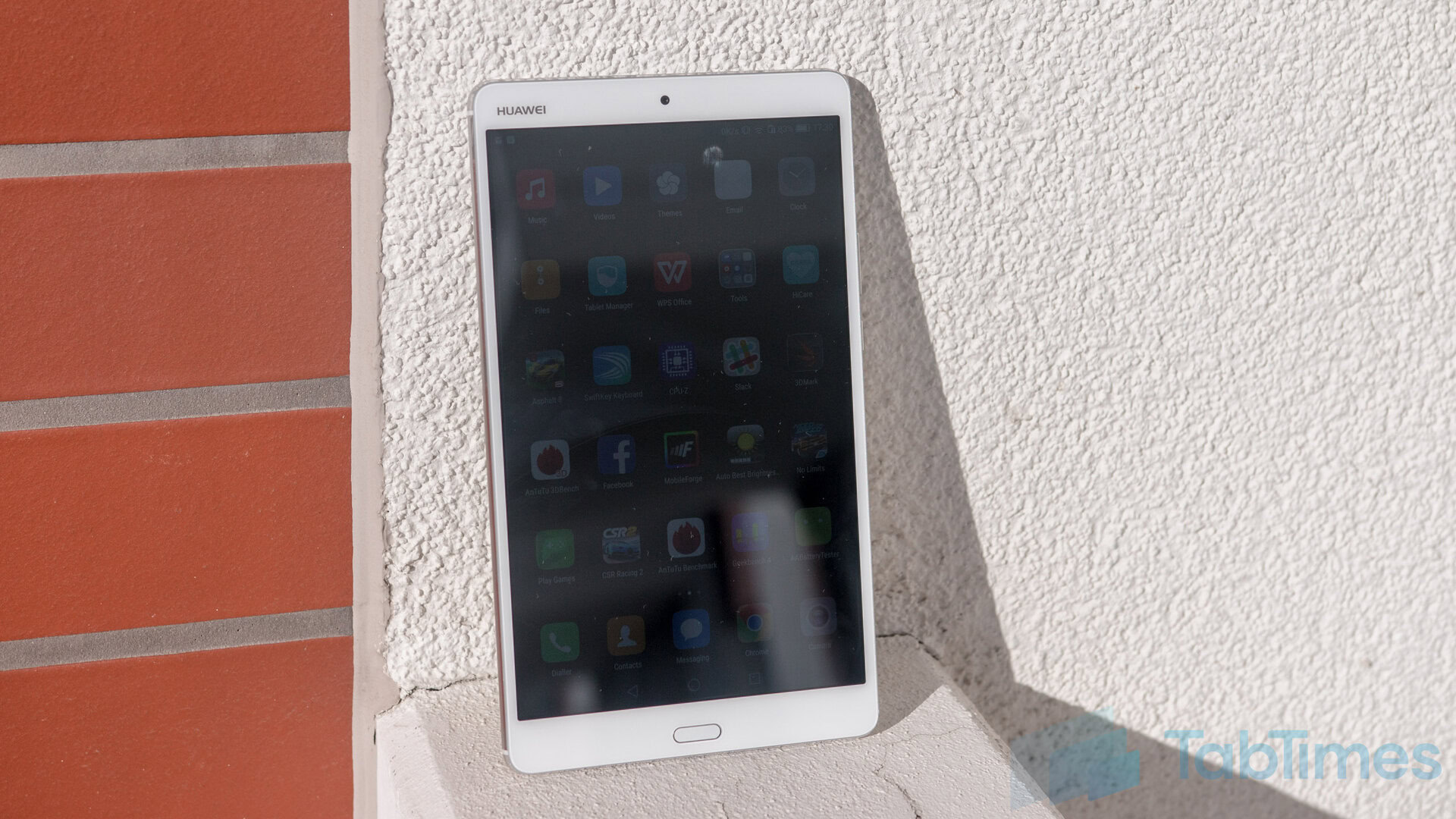
Design
At first glance, the HUAWEI MediaPad M3 could be mistaken for a product from another manufacturer as, HUAWEI logo in the top left corner aside, the design is rather generic with no core identifying features. HUAWEI traditionally have added a few design elements to make their devices stand out – the MediaPad M2 offered a luxurious body after all – but the MediaPad M3 drops this to focus on the core experience.
The front is of course dominated by the large 8.4-inch WQHD+ display with a fingerprint sensor below and a front facing camera up top. Alongside the display are the bezels and it’s clear that the MediaPad M3 isn’t meant to win any design awards as the bezels are large and somewhat clunky.
The fingerprint sensor itself proves to be somewhat confusing as it doesn’t act like a home button, rather it supports a multitude of gestures. A single tap takes you back a step while touch and holding takes you to your homescreen, sliding left or right opens recent tasks and sliding up opens HUAWEI’s HiVoice assistant. To navigate the OS, HUAWEI has adopted on-screen keys which can be customised but confuse the overall experience, not unlike the Moto Z Force’s fingerprint sensor.
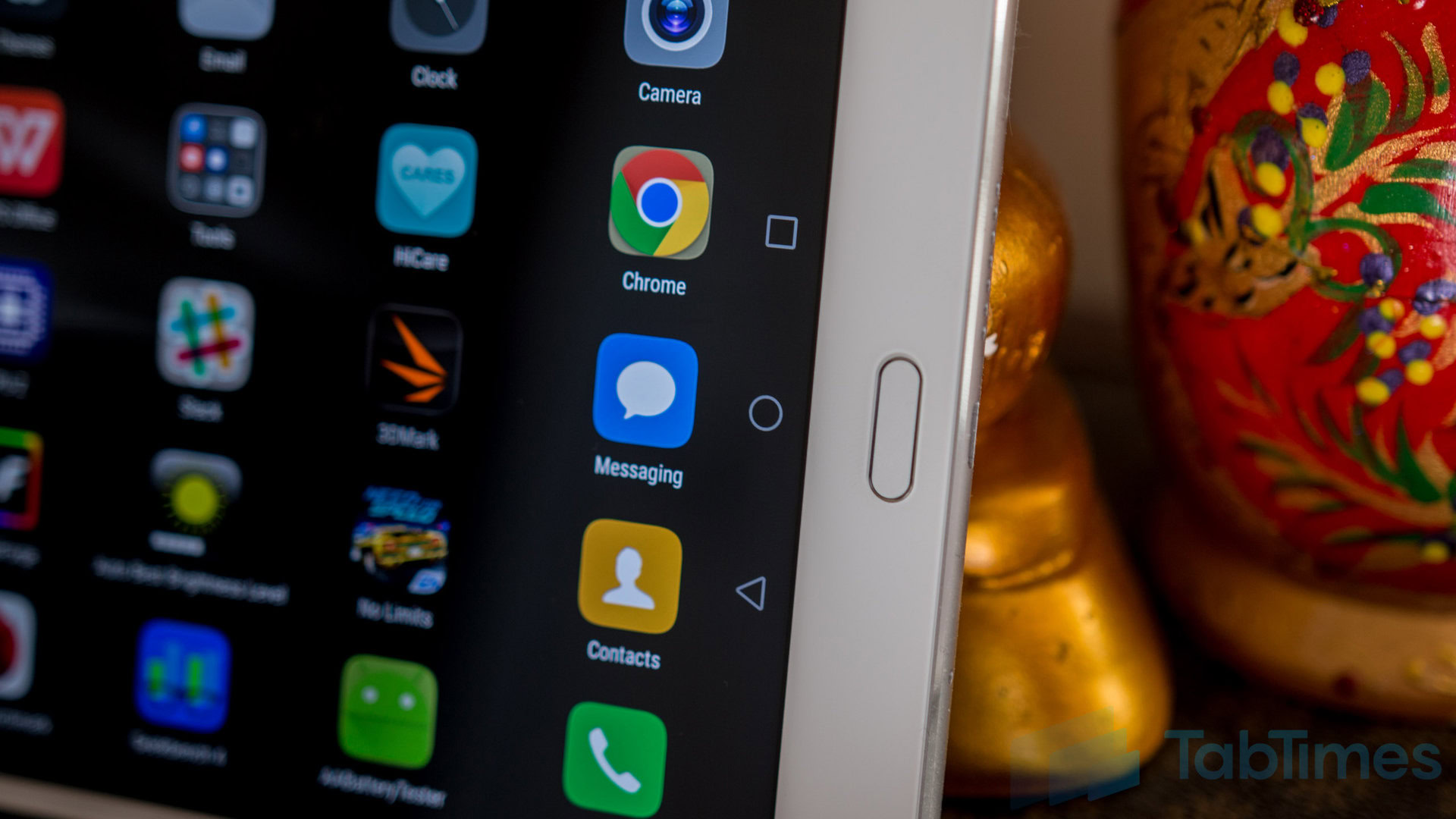
On the bottom, the MediaPad M3 sports a microUSB port – with Quick Charging built in – alongside one of the speakers and a SIM card slot. Yes, the MediaPad M3 lets you use a SIM card and comes equipped with HUAWEI’s phone application but, without an earpiece, you’ll need to use the speakerphone or a Bluetooth headset.
Up top, the HUAWEI MediaPad M3 sports the secondary speaker alongside a headphone jack. Audio through headphones is acceptable but the MediaPad M3’s audio really comes into its own when the speakers kick in (more on this below). On the left, HUAWEI has opted to keep the experience bare while on the right, there’s the power and volume keys which are metal, not quite recessed and provide fantastic tactile feedback.
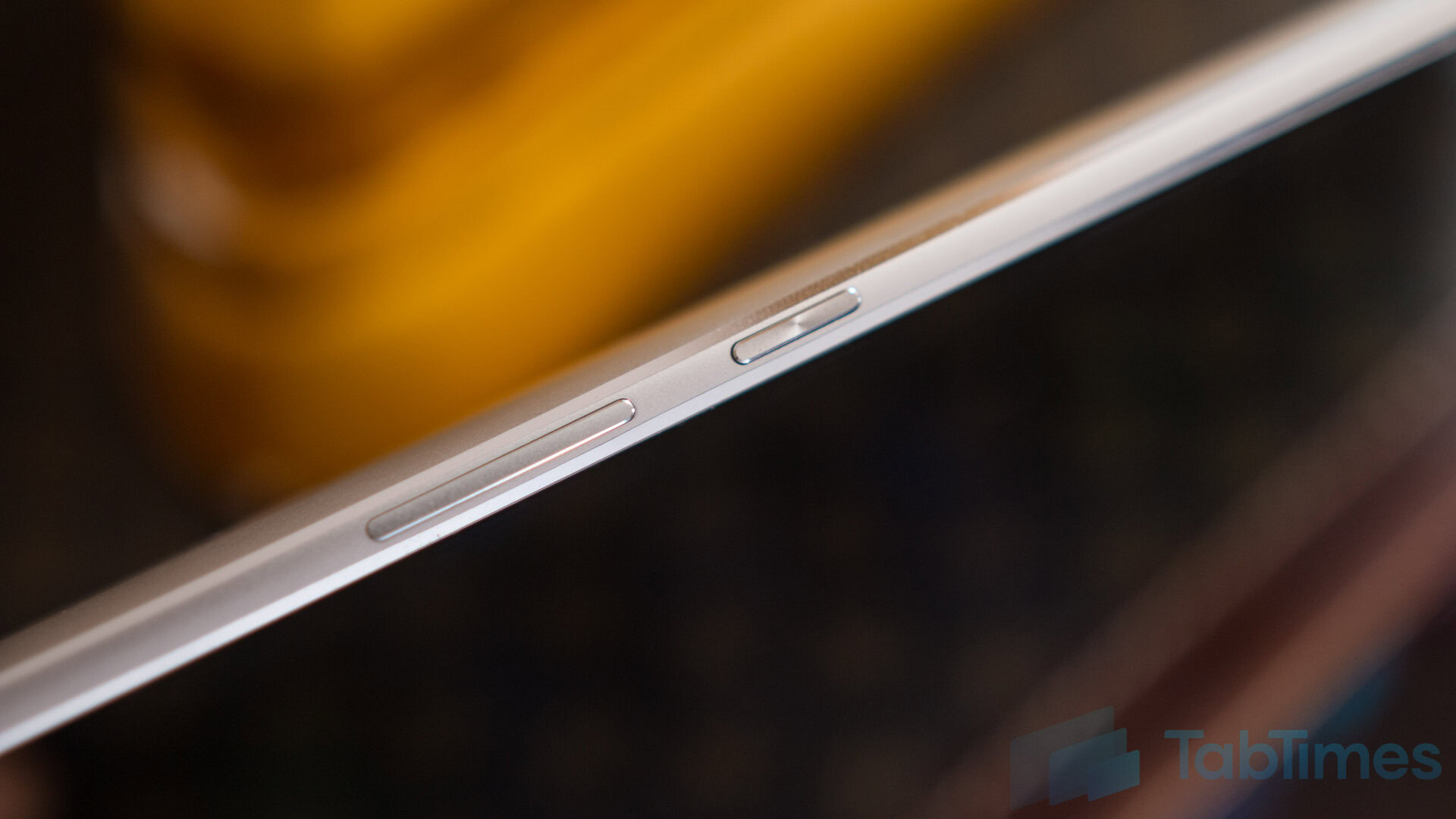
On the back, the MediaPad M3 sports a camera along with a brushed metal finish emblazoned with the HUAWEI logo (and at the bottom, the Harman Kardon logo). There’s also a single antenna line beneath the Harman Kardon logo, while the camera is placed within a small plastic trim at the top.
Measuring 215.5mm tall, 124.2mm wide and 7.3mm thin, the HUAWEI MediaPad M3 is surprisingly comfortable in the hand, no doubt thanks to its chamfered edges which improve the ergonomics of the tablet and make it surprisingly comfortable to hold. At a weight of 310 grams, it’s relatively light considering its form factor and, for those who feel inclined to do so, I can confirm that the MediaPad M3 fit comfortably in the back pocket of my jeans, making it easy to carry as well.
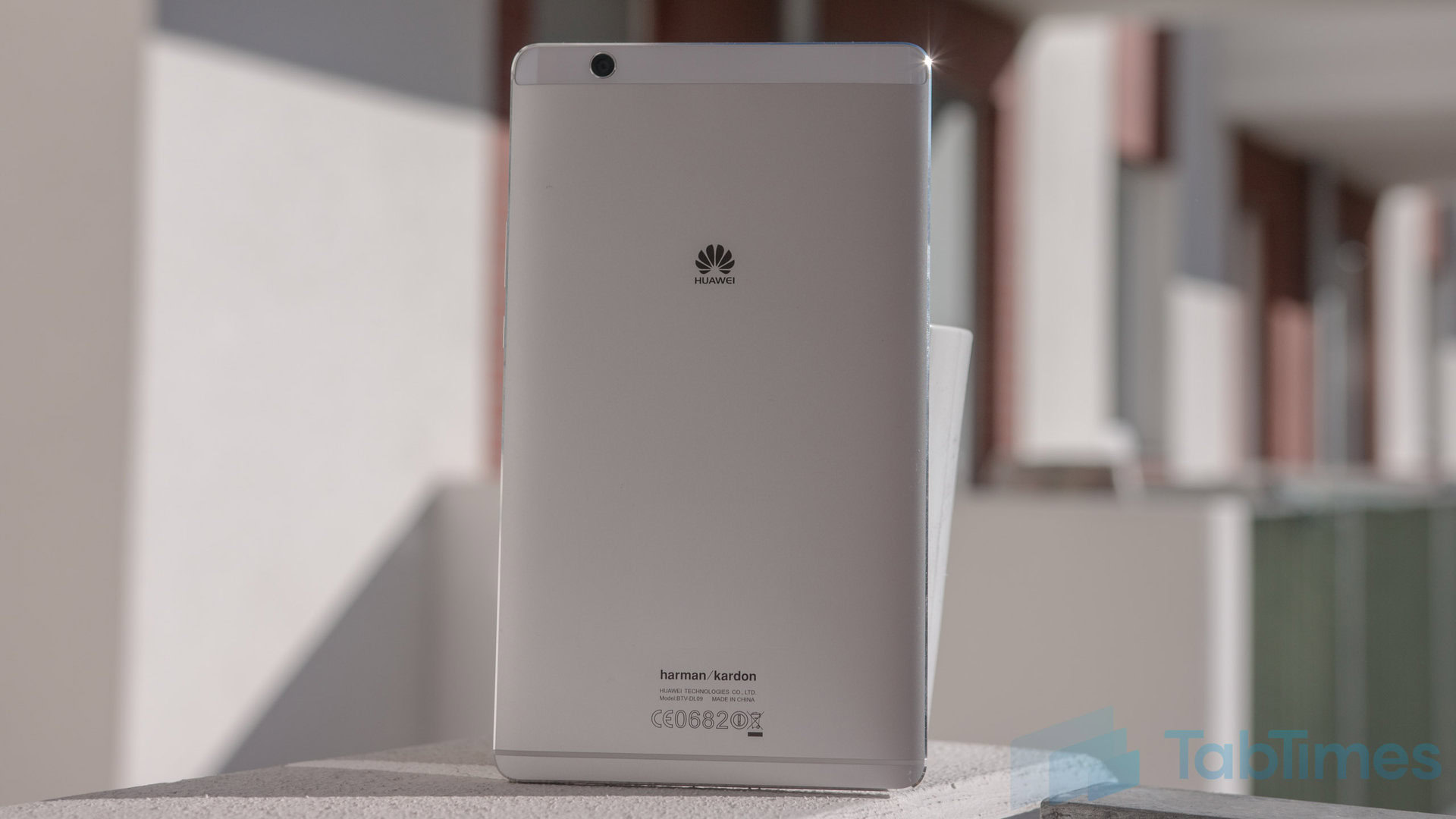
Display & Sound
Most people who buy a tablet are interested in the media experience and this is where the HUAWEI MediaPad M3 starts to shine. The display is an 8.4-inch IPS panel with a 2560×1600 resolution, which offers a pixel density of 359 pixels per inch.
Running the display through a display profiler reveals the MediaPad M3 has an average color temperature of 8666 Kelvin (versus a target of 6500 Kelvin), which means a white screen appears to have a bluish hue. However, HUAWEI does give you the option to tweak the display colors in the settings and setting the display to normal colors, as opposed to the vivid default setting, also improves the color accuracy, with a secondary test resulting in an average color temperature of 7563.

Either way, the display itself is vibrant, colors are punchy and blacks are quite deep, although maybe not quite as rich as you’d find with AMOLED displays. At its lowest brightness, the MediaPad M3 display is just 4-nits so it won’t blind you when you use it in bed, while a blue light filter is also onboard, which will reduce the effect of harmful blue light just before bed.
The display is certainly on par, if not better, than other tablets in this category but, while using it has been a joy, it’s worth noting that the viewing angles are average, although this won’t affect you unless you plan to share the screen with other people. The audio experience is where the MediaPad M3 truly stands out, however as the dual 1-watt speaker system co-engineered with Harman Kardon offers rich, immersive audio. If a great audio experience is crucial to you, the HUAWEI MediaPad M3 definitely doesn’t disappoint.
HUAWEI also says the tablet is able to intelligently recognise whether it is being used in portrait or landscape mode and adjust the audio profile experience and, based on our experience, this certainly seems to be the case. Built in support for 192KHz 24-bit files, thanks to a dedicated ESP, means even the most hardened audiophile should be satisfied by the HUAWEI MediaPad M3 and from my not-so-expert experience, the audio definitely doesn’t disappoint.
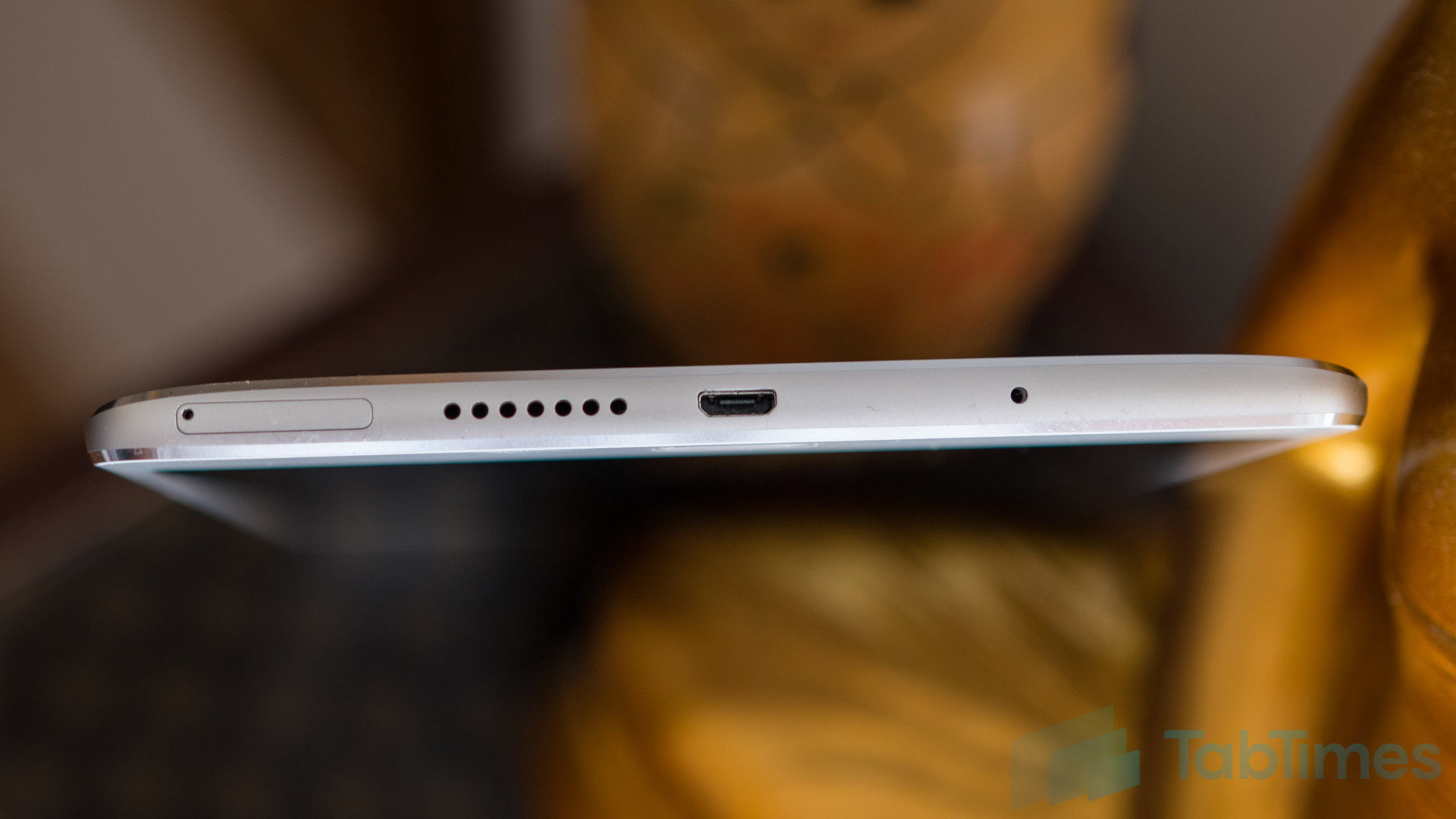
Performance & Hardware
Under the hood, the MediaPad M3 comes powered by HUAWEI’s own Kirin 950 processor coupled with 4GB RAM and either 32GB or 64GB storage, which can be expanded by up to 128GB using a microSD card. Like smartphones running the Kirin 950, there are no signs of lag and performance is a breeze.
For everyday tasks, the MediaPad M3 is capable of keeping up with most devices on the market and as we’ve found, the Kirin 950 is certainly no slouch, with performance on par with the latest processors from both Qualcomm and Samsung. Given that we’re testing pre-production hardware and software, we expected a few glitches but there have been none and – the inability to install AnTuTu and GeekBench aside, which was fixed in the latest update – you’ll find no performance concerns here.
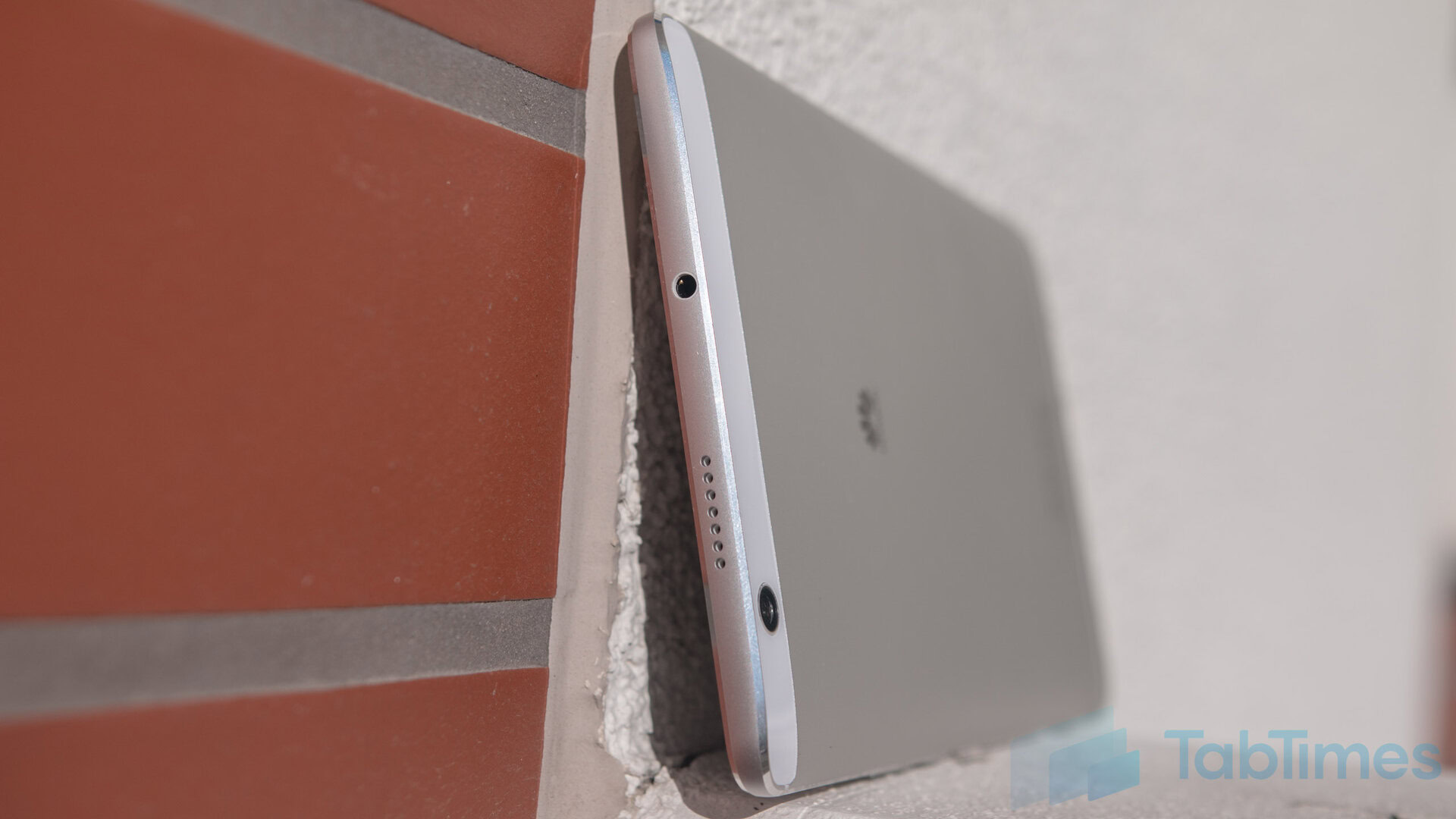
How does the HUAWEI MediaPad M3 stack up to the competition in the benchmark stakes? Putting it through AnTuTu reveals a score of 90393, while running GeekBench reveals a single core score of 1751 and a multi-core score of 4755. Meanwhile, the 3DMark score of 759 reveals a couple of typical issues we’ve come across with HUAWEI processors in smartphones, and this is in regards to gaming.
One of the things I use a tablet for more than anything is gaming, as the large screen real estate makes it the perfect gaming device. With the MediaPad M3, HUAWEI’s chipset comes equipped with a Mali-T880 GPU, which is certainly more than capable of playing most games but does lag compared to the Adreno GPU used in the Snapdragon series of processors.
Running both Asphalt 8 and Need for Speed No Limits as tests, reveals that while the MediaPad M3 is more than capable of playing these games, there are a few dropped frames and gameplay is limited to 30 frames per second or less, especially for the latter title.
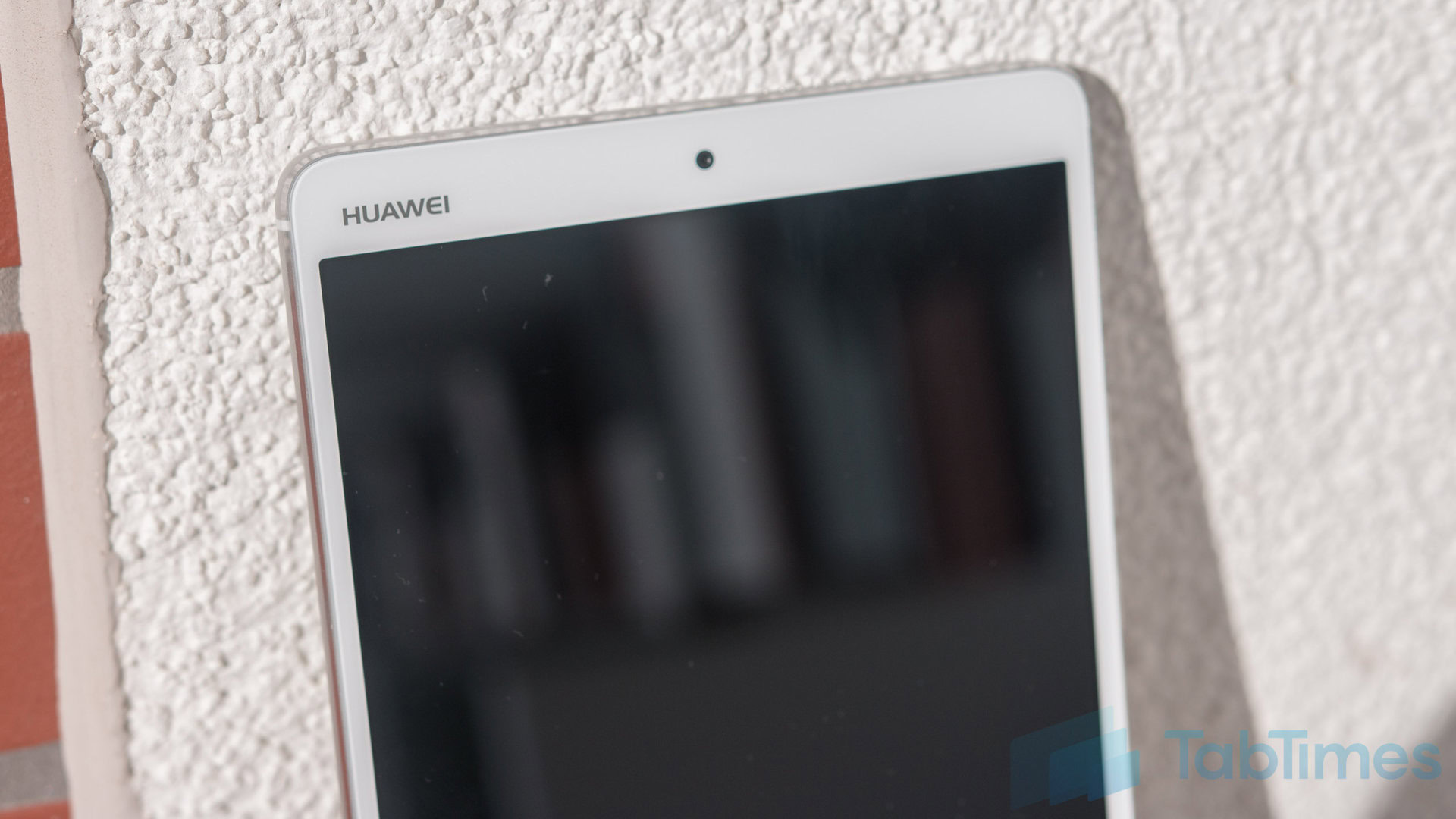
Looking past the GPU, the overall gaming experience is actually pretty solid, in large part thanks to the snappy performance of the Kirin chip inside. In fact, we noticed that it is around a second faster at launching Need for Speed than the Snapdragon 820-powered Galaxy Note 7, which is certainly no slouch either.
Processor aside, the MediaPad M3 hardware isn’t quite as extensive as we’ve come to expect from HUAWEI smartphones, but that’s unsurprising considering this is a tablet. There’s no NFC but the presence of a SIM card slot means the MediaPad M3 is LTE enabled with a theoretical max download speed of 150Mbps on the go. Overall, the HUAWEI MediaPad M3 delivers everything you could expect from tablet hardware and the addition of a SIM card that lets you make calls is a nice bonus.
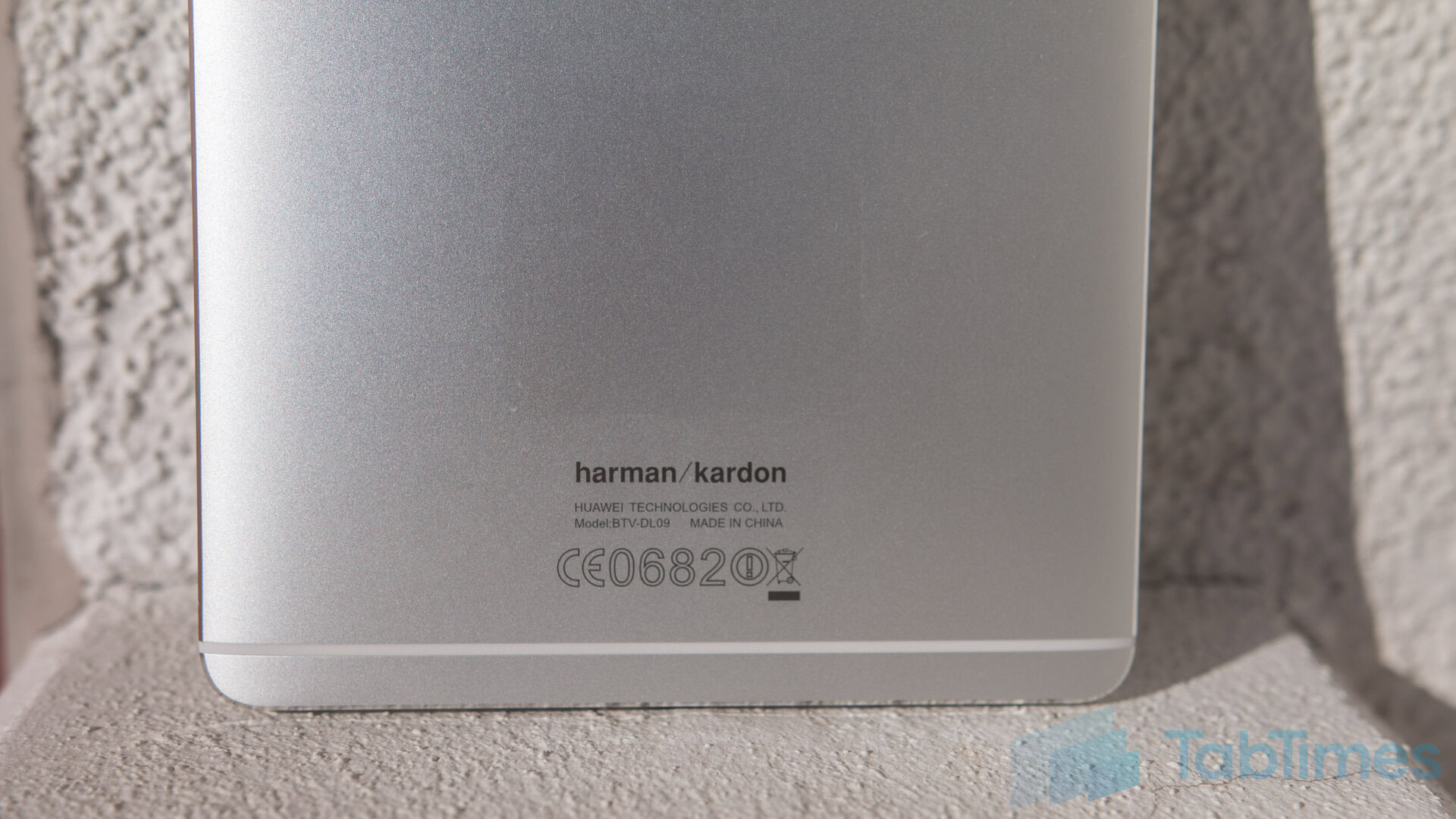
Battery Life
One of the benefits of a large screen device is a large battery to go with it and the HUAWEI MediaPad M3 doesn’t disappoint, with a 5100mAh unit that’s rated as offering more than 2 days’ worth of battery life. In actual usage, it’s more than capable of doing so but with heavy usage such as gaming, it does drain considerably faster than you might not expect.
With light usage such as browsing, using apps such as Slack, Skype or more, the battery lasts around 2-3 days with approximately 8 to 9 hours of screen on time. However, with gaming, this can drop to just over a day with around 4 hours of screen on time and while this isn’t overly surprising, we’d still liked it to have lasted a little longer.
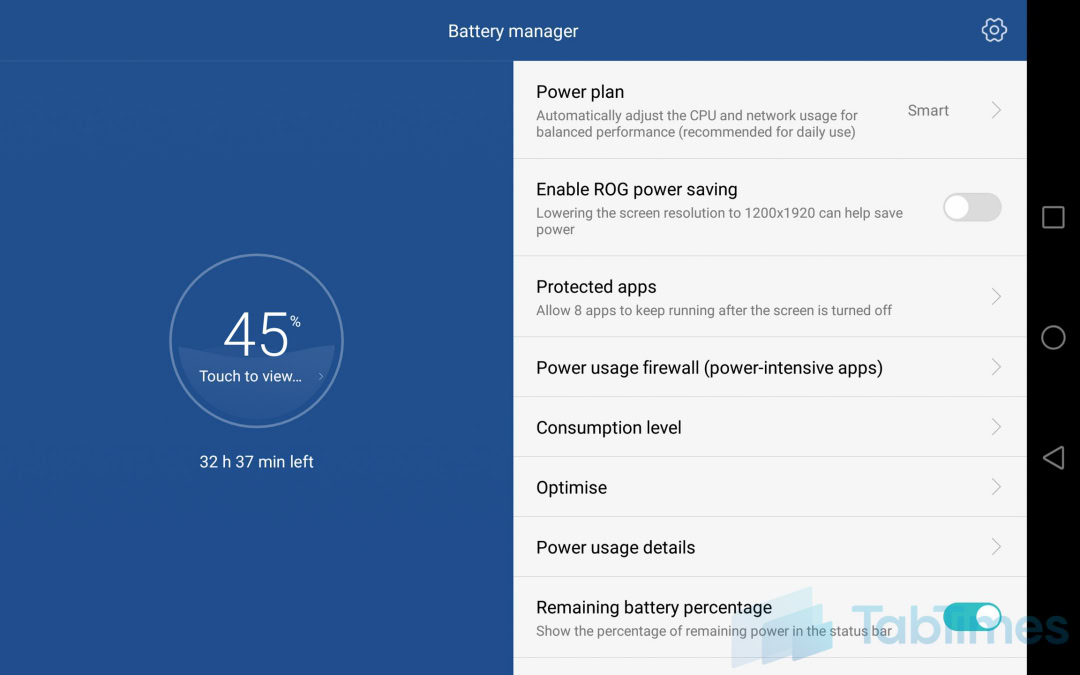
At its max brightness, the HUAWEI MediaPad M3 display measures 400 nits while at its lowest, it is just 4 nits and we’ve found that reducing the display brightness and/or the screen resolution (to 1080p) in the settings can improve the battery life even further. Dropping to 1080p resolution helped us achieve another 45-90 minutes of screen on time depending on the tasks involved and it’s certainly worth considering if you’re on a long flight where you won’t necessarily want or need the higher resolution or brightness.
Putting the HUAWEI MediaPad M3 through our quick custom battery benchmark tool with the display set to full resolution, reveals an expected screen on time of 9 hours with a combination of web browsing, video playback and gaming. While this is only indicative of screen on time, as it’s a quick test that runs for 90 minutes and extrapolates the final result, it’s accurate enough to suggest that you can expect between 8 and 10 hours of screen on time, depending upon your actual usage.
Both of these figures show you should have no issues with the battery life on the HUAWEI MediaPad M3, which should be good enough to get you through most journeys where you might want to watch a movie and/or game a little. Of course, there are other tablets with better battery life but considering the overall package on offer, the battery life on the MediaPad M3 is more than satisfactory.
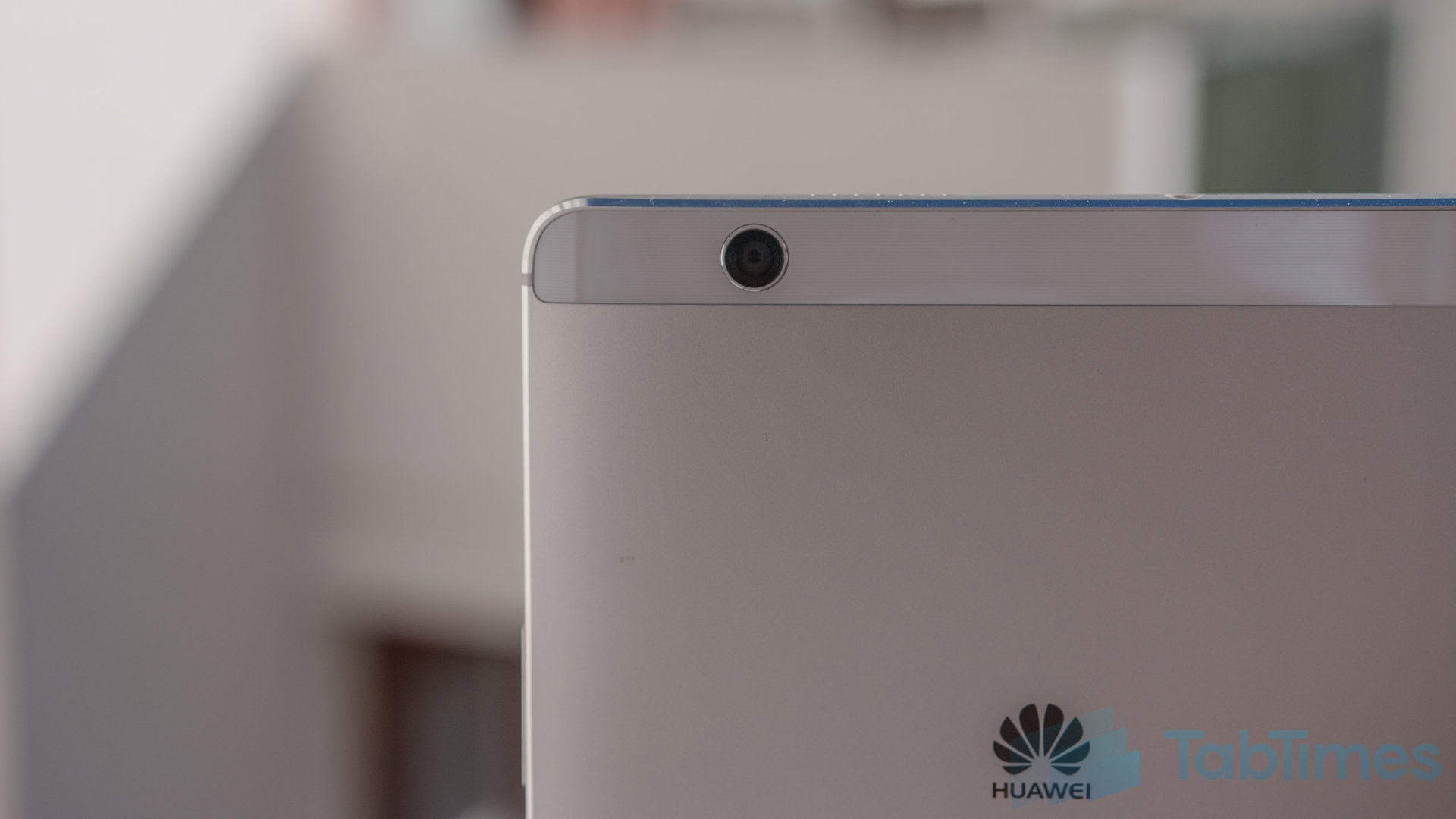
Camera
Before we get into the HUAWEI MediaPad M3’s camera, let’s just put this out there; tablets were not designed with picture-taking in mind. That being said, there are a few use cases for using cameras on tablets, so are the MediaPad’s cameras any good?
On both the front and the back, the MediaPad M3 has an 8MP sensor with very little else to offer. There’s no stabilisation, no flash and no fancy gimmicks, but the camera app does have a lot of the software features you can find on other HUAWEI phones. The pictures produced leave a lot to the imagination and like most tablet cameras, you’ll probably be left wanting something more. There’s a fair amount of noise in the images and, whether it’s the front camera or the rear, you can expect images to be lacking in detail and clarity.
For video calls and/or quick snaps, either camera is more than acceptable but if you want anything more, we’d highly recommend you use a smartphone camera, especially if you want to share these memories with other people.
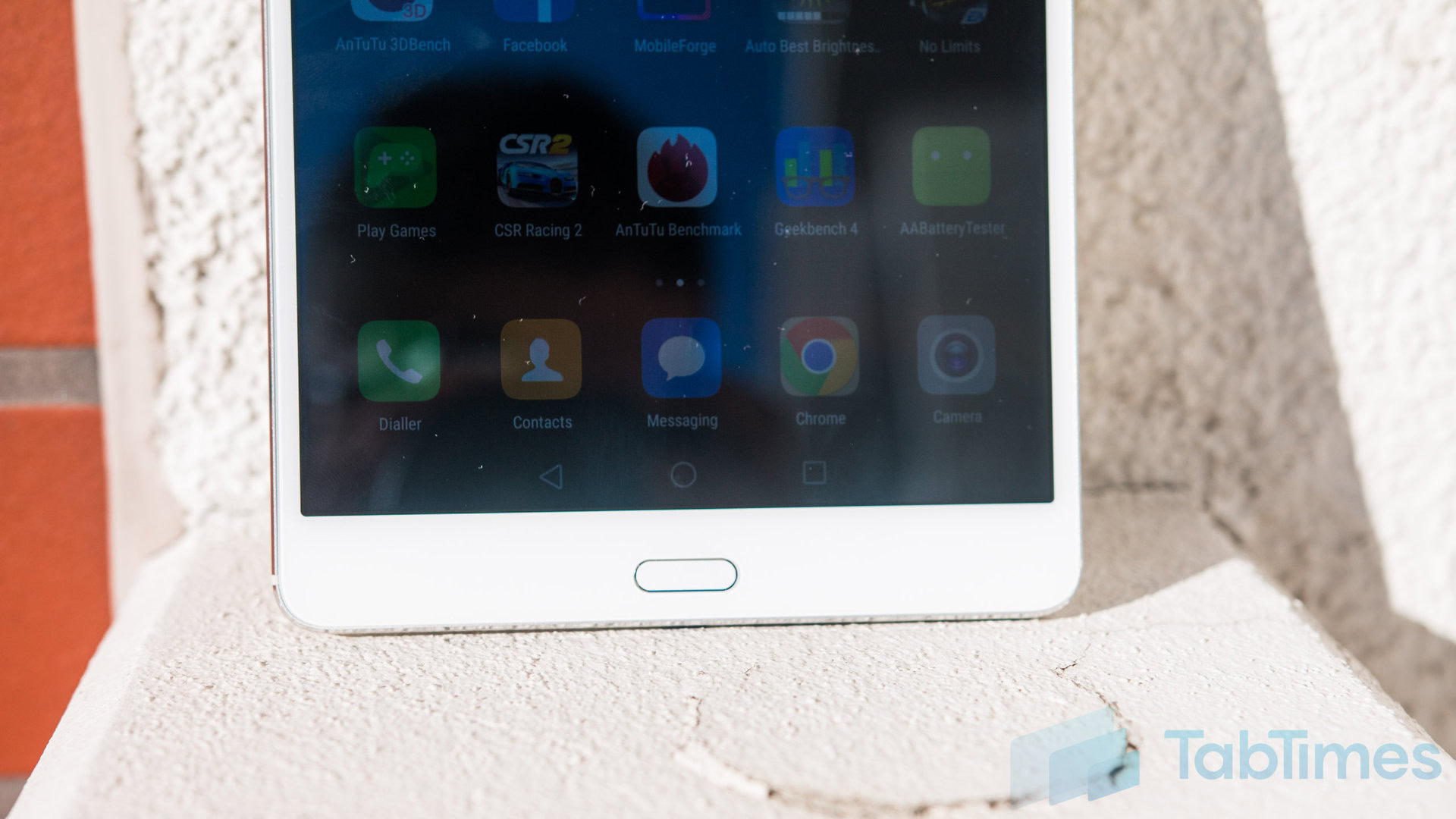
Software
The HUAWEI MediaPad M3 runs on Android 6.0 Marshmallow with HUAWEI’s EMUI 4.1 running on top and the software experience is very similar to that found on other recent HUAWEI devices such as the HONOR 8 and HUAWEI P9. EMUI has certainly improved in the past couple of years but with EMUI 4.1, there’s still nothing to differentiate the tablet experience from a phone. In fact, with the ability to make phone calls, the MediaPad M3 does somewhat feel like an oversized handset.
While EMUI doesn’t offer an app drawer, it’s not so much of an issue with the MediaPad M3 although you may find having tons of apps across various home screens makes it difficult to find the app you’re looking for. At times like this, HUAWEI’s various gestures throughout the interface come to the forte and swiping down from any home screen opens up the universal search menu, which lets you search through your contacts, files, apps and more.

As we mentioned earlier, the fingerprint sensor beneath the display supports gestures, and while the swiping to accept recent apps or tapping to go back a step work fine, the others aren’t quite as smooth. Tapping and holding to go back to the home screen only works occasionally, while the swiping up to access HiVoice actually launches Google Now on Tap. Given that this is a pre-production unit, we’ll give HUAWEI the benefit of the doubt especially as the company’s fingerprint and gestures implementation is usually flawless.
Overall, EMUI is certainly an interesting interface and while it’s not everyone’s favourite interface, it’s certainly more than usable. HUAWEI has made some major improvements to EMUI in the past 12 months and it is really starting to show. It’s also nice to see that the HUAWEI MediaPad M3 comes with a relatively clean software experience that’s free of any significant bloatware and this is a welcome change, one that is hopefully an indication of where HUAWEI devices are going in the future.
Gallery
Conclusion
When it comes to tablets, the factors that determine whether it’s a success are different to say, a flagship smartphone. While the latter focuses on the overall experience being excellent, a tablet is arguably focused on fewer key areas such as the design, display, audio, performance and battery life.
Considering these factors, the HUAWEI MediaPad M3 definitely delivers, but we can’t help but think that it’s indicative of the tablet industry as a whole that we’re not overly excited by an Android tablet. On paper and in person, the HUAWEI MediaPad M3 definitely delivers on what HUAWEI set out to do: create an affordable tablet with few compromises.
If you’re in the market for an Android tablet, there’s not a lot of choices and with the MediaPad M3, HUAWEI has certainly shown it’s a force to be reckoned with as far as Android tablets go. Should you buy the HUAWEI MediaPad M3? If you’re looking for a no-compromise tablet that delivers on the key areas its meant to, you can look no further, as the MediaPad M3 is one of the best Android tablets currently on the market.
You may also like:






What do you think of the HUAWEI MediaPad M3 and do you plan to buy one? Do you use an Android tablet or any tablet for that matter? What do Android tablets need to offer to be able to truly compete against the Apple iPad? Let us know your views in the comments below!!